Quick Guide To Influencer Marketing

The year was 1760.
Josiah Wedgewood, a Staffordshire potter, got the stamp of approval of Queen Charlotte for his tea set, and he started marketing his brand as having the “Royal” approval — affording his brand a luxury status.
He even started a line of “Queensware” products to reap the benefits of the Queen’s name. After all, the Royal family was the ultimate OG influencer in 1760. How times have changed.
Influencer marketing has come a long way since then — jumping hoops of celebrity endorsements to reality television to finally landing on social media marketing.
The ballooning popularity of social media influencer marketing is huge: 93% of marketers already use influencer marketing, and 75% even have a dedicated marketing budget for it, according to Influencer Marketing Hub’s latest Benchmark Report.
But how do we define influencers — encompassing both Queen Charlotte and your next-door Yoga enthusiast Kathy?
What Is Influencer Marketing?
Influencer marketing is when a brand collaborates with a person (influencer) who has influence over a community or number of people to endorse your product or service for brand awareness and financial gain.
Who Is An Influencer?
Today, an influencer is anyone who has built a loyal and engaged following through online content creation in one niche. Whether that’s Queen Charlotte because of her connection to the Royal family or Yoga loving Kathy because of her 489K TikTok follower count.
- So, a YouTube creator talking about self-development with his three million subscribers? Influencer ✅
- But so is an Instagram creator sharing skincare tips with her 13K followers ✅
Call influencers experts, opinion leaders, or content creators — the key is they have a following that trusts them and relies on them for product recommendations. That's the only way they can affect purchase decisions.
Whether their number of followers is 1000 or one million doesn’t matter (unless they’ve bought fake followers). This is why influencer marketing experts advise checking metrics like engagement rates, reach, and comment quality instead of follower count.
For instance, look at Ashlee’s followers’ reactions when she talks about a product she can’t live without. They instantly trust it would be the best product ever, and vouch they’ll try it too.
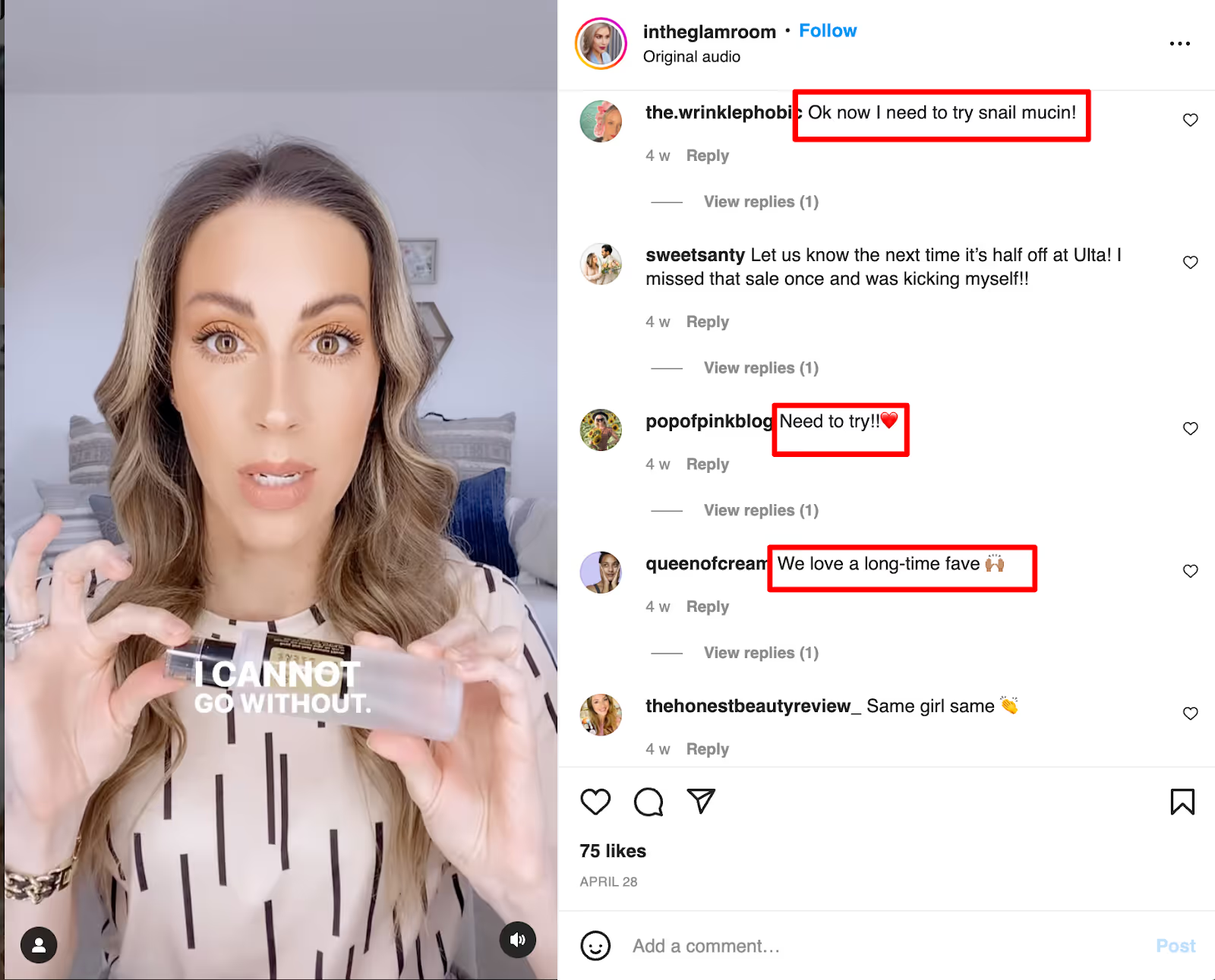
How Is an Influencer Different From a Celebrity?
Celebrity endorsements are different from influencer partnerships. The former simply attaches a well-known figure’s name to your brand. The latter helps you tap into new audiences and gain their trust instantly.
The primary difference is celebrities don’t just promote brands or products aligned to their expertise — Amy Schumer can partner with brands like Tampax and Beautycounter. But a macro-influencer like Dr. Tanaya will only talk about products related to her specific niche because she possesses knowledge and credibility in what she’s advertising.
When you collaborate with a social media influencer to promote your products or build brand awareness, that’s influencer marketing.
How You "Do" Influencer Marketing
All these partnerships come under influencer marketing campaigns:
- Mega-influencers like Negin Mirsalehi partnering with vVARDIS through Instagram posts
- Micro-influencers like Christy Anne Jones collaborating with Ana Luisa by sharing a discount code for their followers
- Disney World recruiting Snapchat influencer Mike Platco for creating fleeting illustrations
- Susan Cain — a LinkedIn influencer — recommends books to her two million followers in exchange for a commission
So, with influencer marketing, you can choose to:
- Partner with different types of influencers — from nano-influencers to macro-influencers
- Use any channel — whether its social media posts or articles for SEO
- Publish all types of content — from sponsored posts to hashtag campaigns
- Target any buyer persona and demographic — from GenX to millennials
Influencer marketing, at its essence, is a form of digital marketing to get your product and brand name in front of target customers. The influencer gives your brand their nod, and you instantly borrow their followers’ (your potential customers) trust.
For example, see the partnership between Instagram influencer Erin, a gluten-free dietician, and Metabolic Meals:
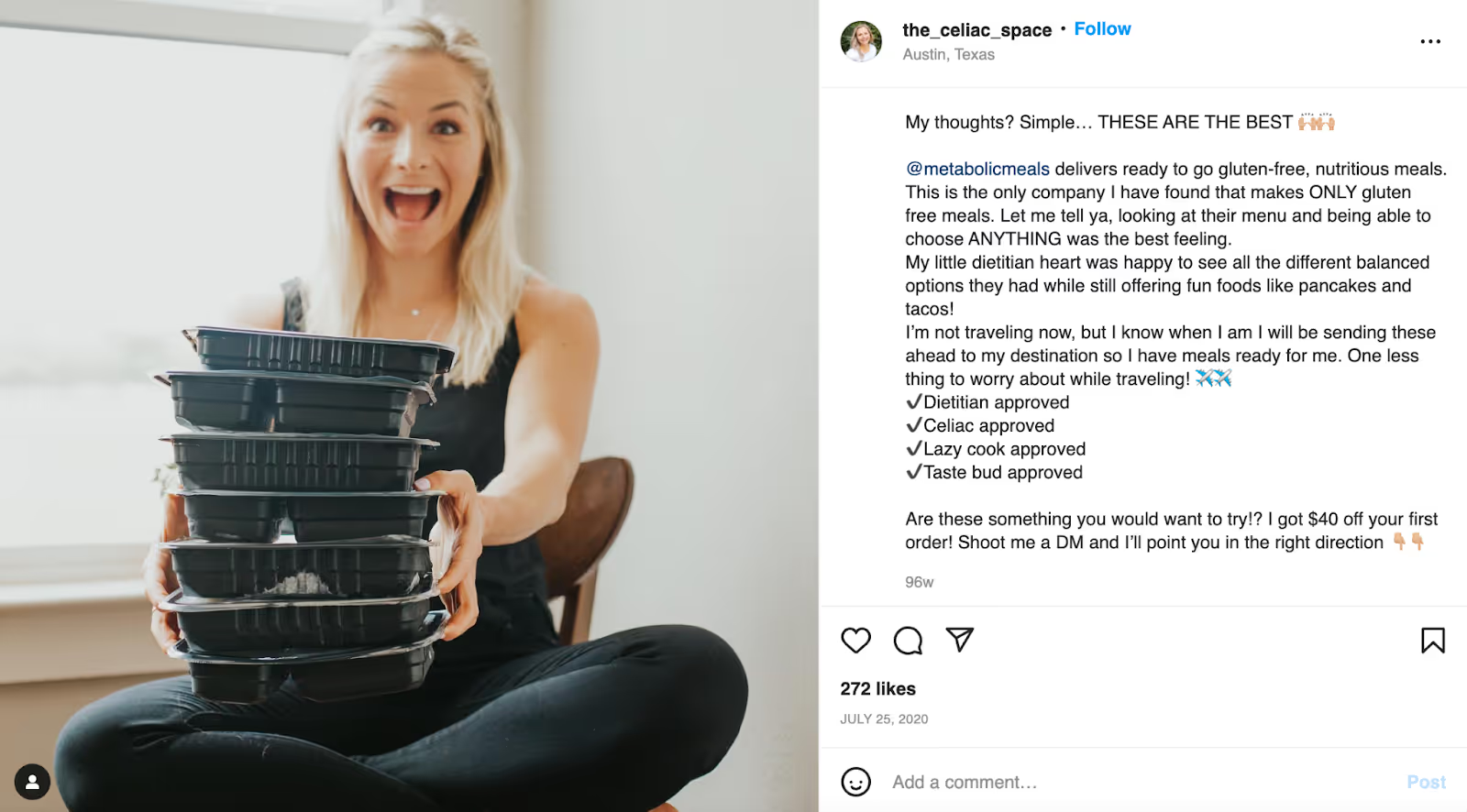
It’s a match made in heaven — a gut health and wellness dietician is the right influencer for a nutrition brand.
Now you know what an influencer is and how they’re different from celebrities (and the Royals). Where do you fit in?
Why Use Influencer Marketing? (Hint: ROI)
Metabolic Meals partnered with many small and large-sized influencers aligned to their industry and who believed in their product. The result? They increased their ad-account performance by 125% with Kynship’s help.
Metabolic Meals isn’t alone: 42% of marketers measuring influencer marketing success consider it their top ROI-generating marketing strategy, according to a study by SocialPubli.
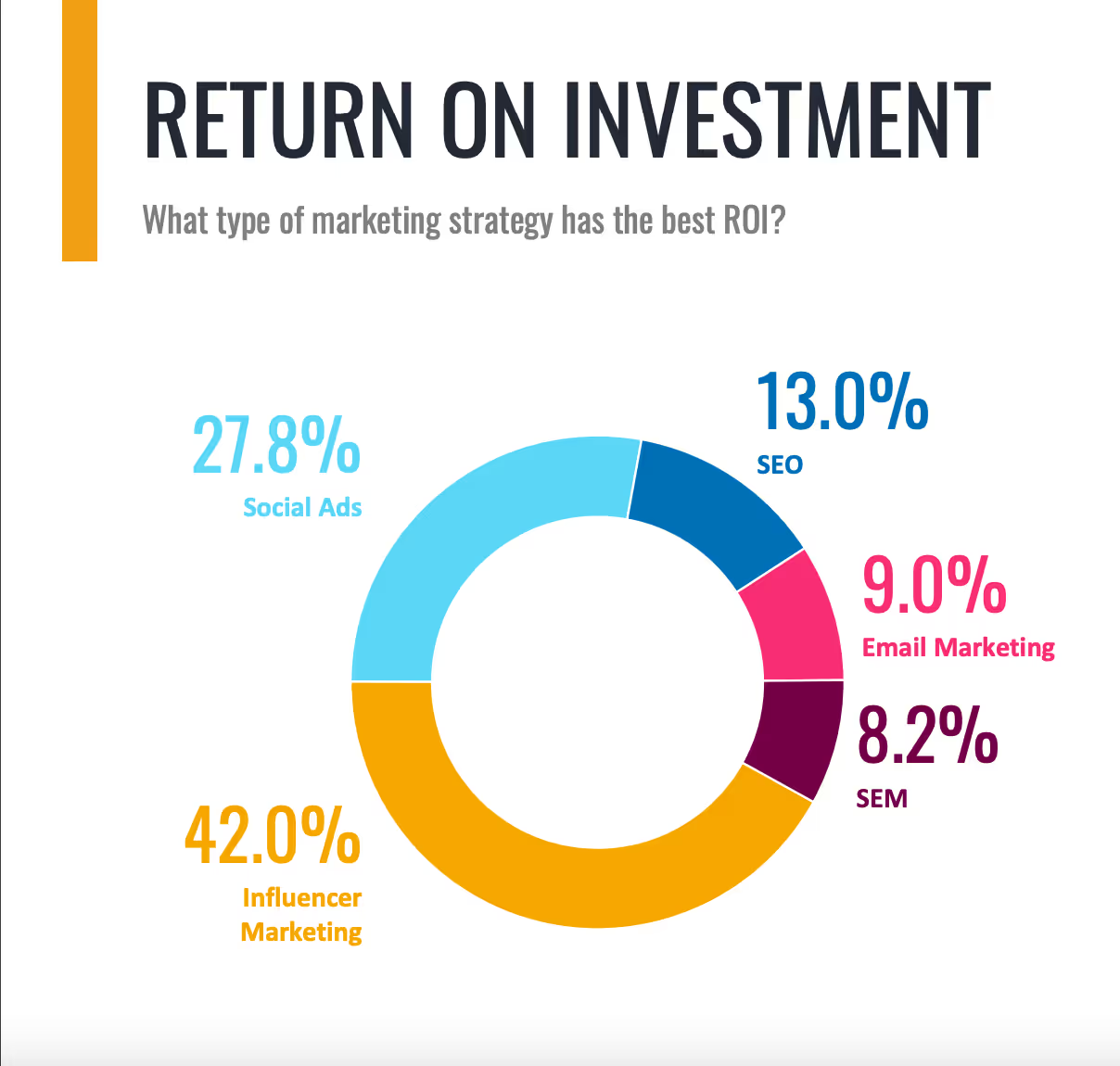
Not just this: 61% of consumers trust influencer posts compared to 38% who trust branded content. You can’t blame them, can you? Brand content is often biased and sales-y — consumers have become skeptical of such marketing tactics. Influencer content, however, is authentic — like a recommendation from a trusted friend.
Using influencer marketing for your business — whether partnering with a blogger for content marketing or collaborating with a TikTok influencer for their high engagement rate — is a no-brainer. You locate your target market and advertise to them directly through social networks.
And in an era of content overload, getting in front of potential customers is a big deal. The number of people you can reach is huge and it ultimately gets the word-of-mouth ball rolling.
In fact, 57% of marketers say influencer marketing works best for reaching a brand’s target audience.
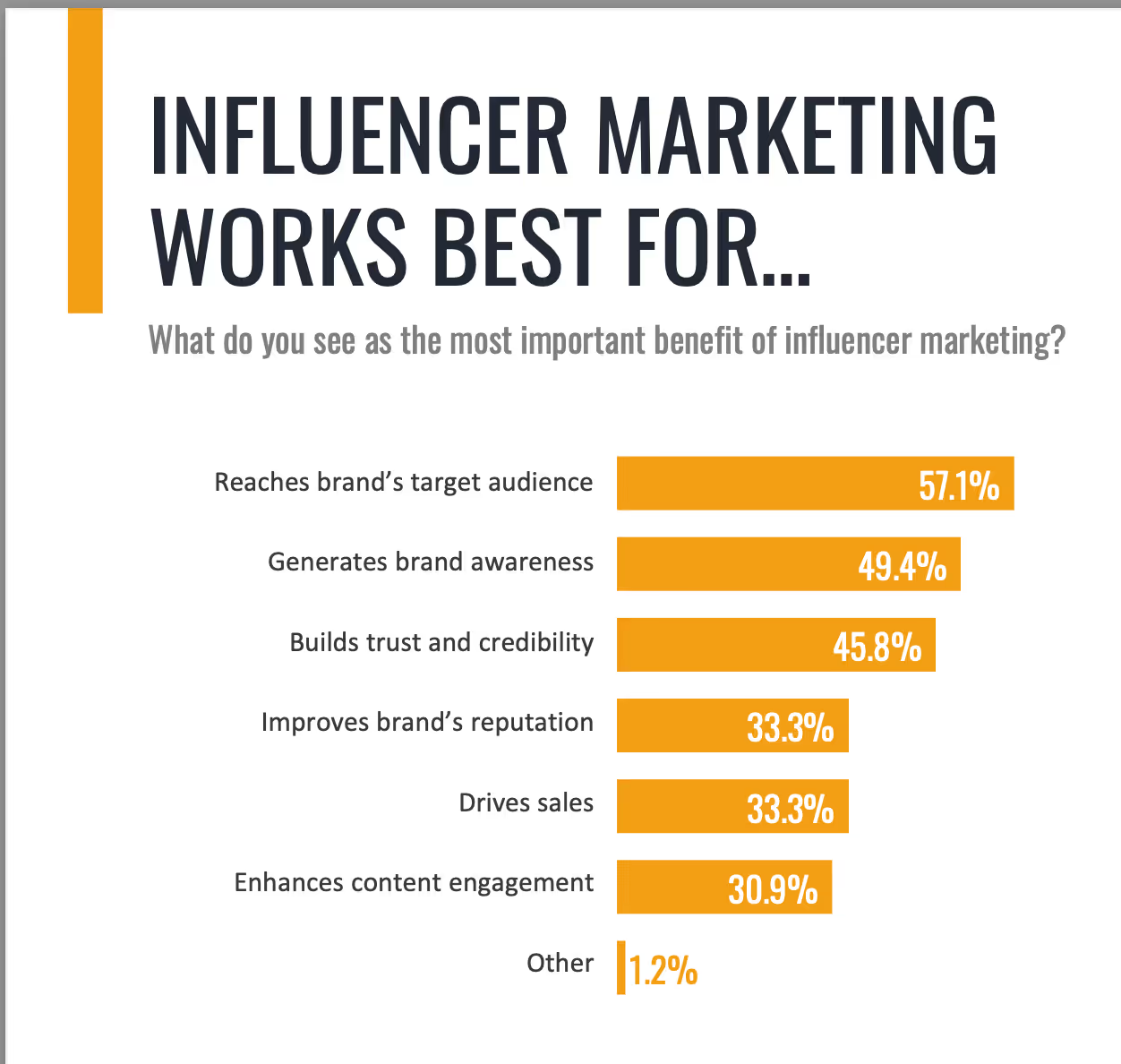
But influencer marketing, unfortunately, isn’t a magic wand. In our experience, it can go very right — or very wrong.
Crafting Your Influencer Marketing Strategy: Avoid These Outdated Tactics
Here’s the deal: Social media platforms are for human-to-human interaction. And the commonly used pay-per-post model doesn’t honor influencer relationships. Quite the opposite — it’s the one-night stand version of influencer marketing.
Related: Why "Pay-for-post" Doesn't Make Sense & What You Should Do Instead
Instead of cold DMing hundreds of micro-influencers for a $500 post with the same-old templates and getting a dry, unenthusiastic place on their feed, what if you get:
- Genuine, high-quality content
- Organic excitement for your product
- Opportunities to collaborate with the same influencer in the future, but with more generous pricing
Sounds like an impossible dream? With product seeding, it’s a reality.
Product seeding (also known as influencer seeding) is when you send free products to influencers in your niche with no strings attached. You make a memorable unboxing experience, personalize it to the influencer, and treat them like a human from day one.
Some influencers post about your brand on Instagram, TikTok, or YouTube simply because they love the product and your brand. And then, you start partnering with them consistently. Except this time, you started the relationship on the right foot — one based on giving, not asking.
When done right, influencer seeding can be extremely powerful. Through seeding, AnimalHouse Fitness was able to generate 3,710 organic posts. And we could scale their influencer marketing efforts from 0 to $1 million in just four months.

Cool, huh?
Where Do You Begin?
Influencer marketing is fast-growing and ever-evolving. It’s an opportunity your brand can’t afford to miss.
But forming and implementing an influencer marketing strategy is no cakewalk — not when you’re putting out fires on other business problems every hour.
Influencer marketing platforms and marketing tools can help, but you still have to do the heavy-lifting. On the other hand, an influencer marketing agency can take the weight off your shoulders altogether.
The best part? You don’t have to have a ballsy budget to start influencer marketing. Book a call with us today and let’s chat about how we can help!
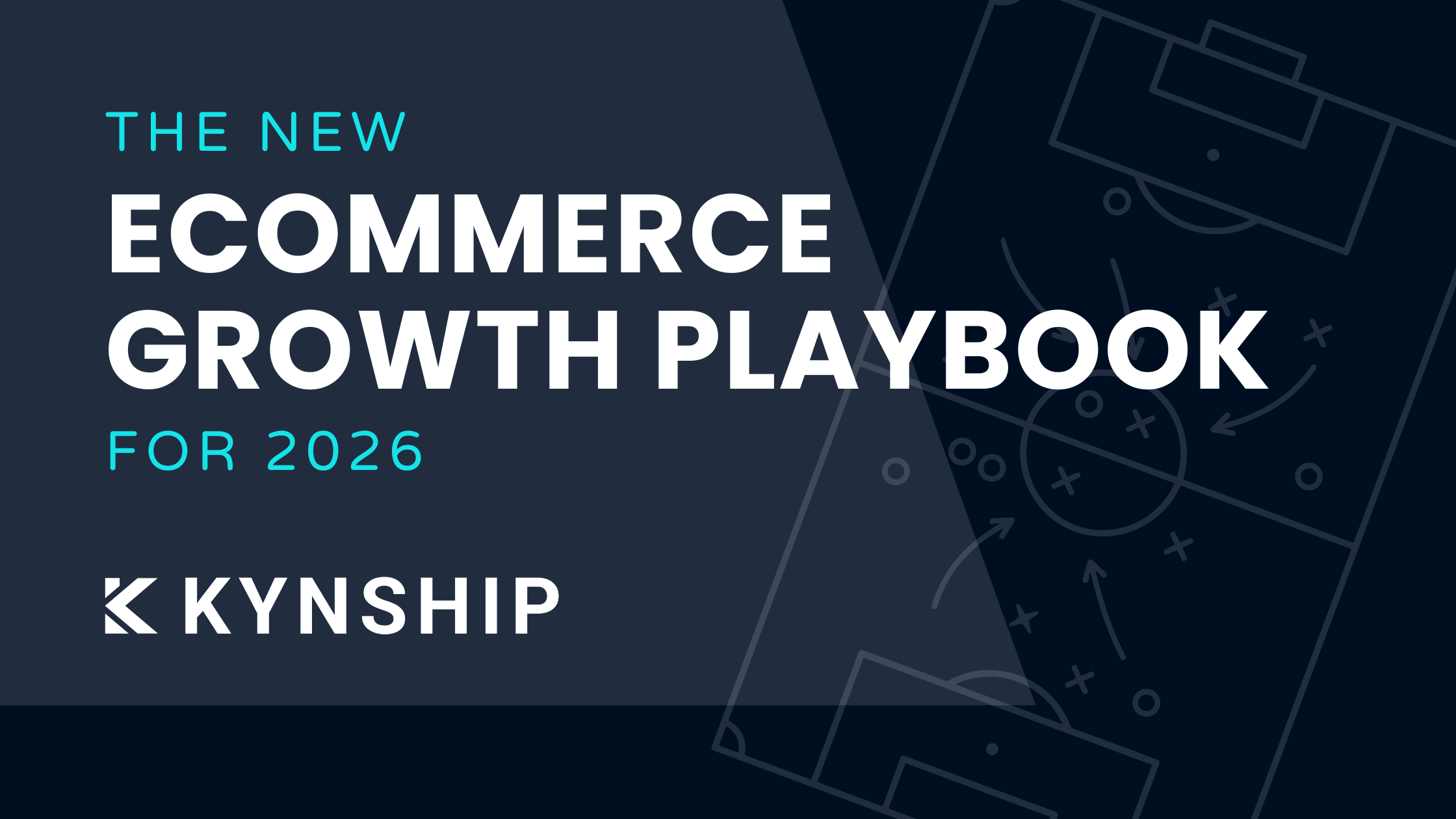
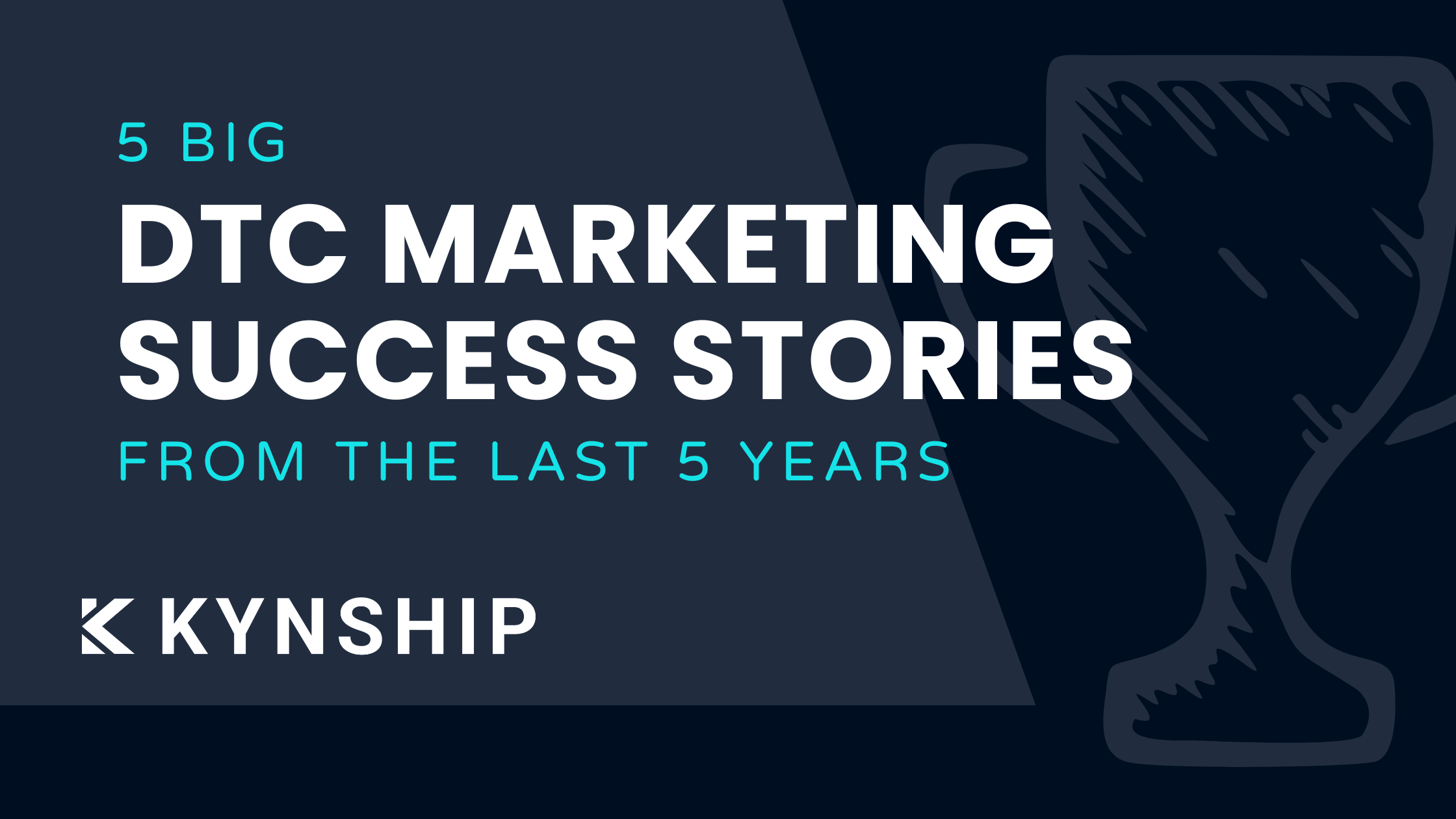
5 DTC Marketing Success Stories From The Last 5 Years
Five real DTC marketing success stories from the last five years, breaking down how brands scaled despite rising CAC, creative fatigue, and tougher competition, plus key lessons you can apply today.

The New Ecommerce Growth Playbook For 2026
These are the ecommerce growth marketing strategies we are using right now to successfully scale DTC brands from $2M to $50M.
Bi-weekly tips to reduce your CAC
Join thousands of DTC operators and subscribe to Cut the CAC for insights from the Bottom Line Podcast and Kynship's growth strategies.


.avif)
.avif)
.avif)



